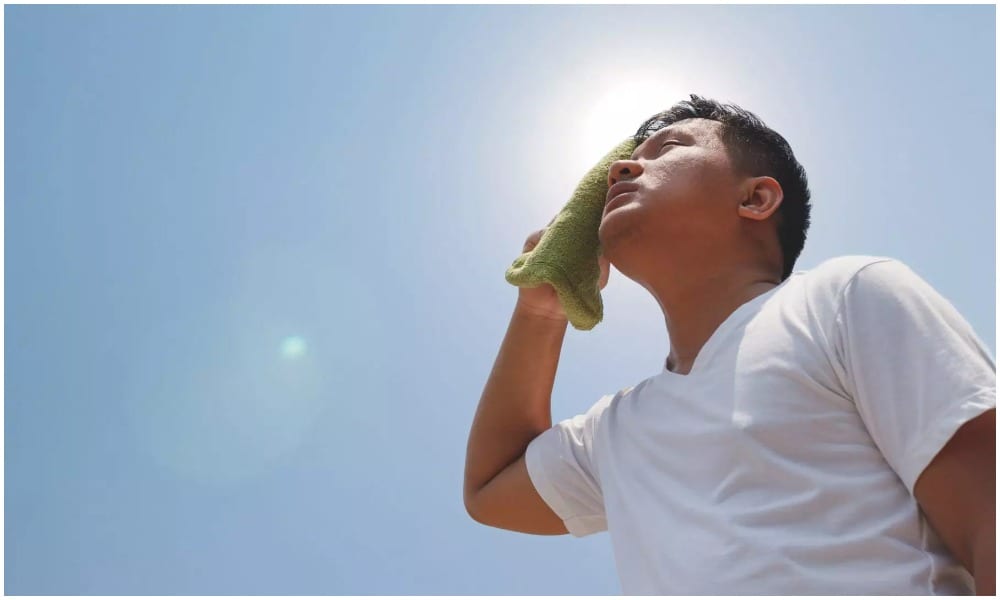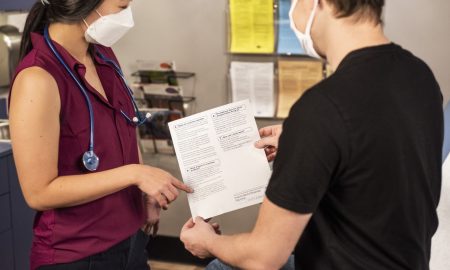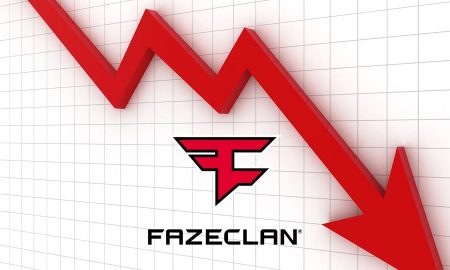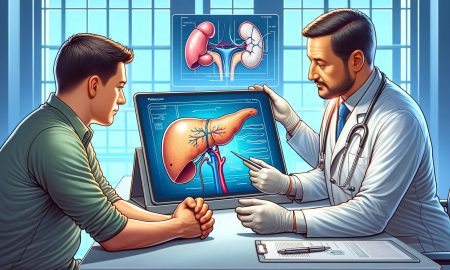
Your Heat Exhaustion Could Turn into A Heatstroke – Here’s How to Stop It

If you are someone who exercises frequently or spends a lot of time in the sunny outdoors, you have probably experienced the symptoms of heat exhaustion. People are often quick to dismiss the tell-tale signs, underplaying it as something that is part and parcel of outdoor activity. However, when left untreated, a case of heat fatigue can rapidly develop into heatstroke with much more severe consequences, so it is important to recognize and alleviate the symptoms as soon as they happen.
Here are some common symptoms of heat exhaustion:
- Heavy Perspiration
- Rapid Pulse
- Clammy Skin and/or Parlor
- Extreme Fatigue to the Point of Collapse
- Nausea
- Headache and/or Migraine
- Light-Headedness
- Fainting
You can expect to experience one or two mild variations of these signs when exerting yourself. Yet, if you begin to experience a combination of them, it is wise to consider treating yourself:
-
Cool Yourself Down

Roman Samborskyi/Shutterstock: Cooling down the body temperature could be a quick solution to prevent a heatstrokeImmediately halt any vigorous physical activity if you are engaged in one, and get out of the heat. If possible, go indoors, preferably with air conditioning to bring down your core body temperature quickly. A refreshing shower can also help lower your body temperature.
-
Hydrate Yourself

instacruising/Shutterstock: Staying hydrated is one of the most effective measures to avoid getting a heatstrokeHeavy perspiration can quickly drain your body of much-needed fluids, so replenish them by drinking water. Sports drinks are also a good option as they contain hydrating electrolytes.
-
Loosen Tight Clothing

BAZA Production/Shutterstock: Allow your skin to breatheIf you have been running in tights or wearing a Fitbit, remove all pieces of restrictive clothes and accessories. This will prevent your attire from trapping heat and help you cool down faster.
If you continue to experience heat exhaustion symptoms for an hour after following these tips, or if the symptoms get worse—do not waste any more time in seeking medical attention.
While heat exhaustion could, in theory, affect anyone, demographics show that
- Children under the age of 4, as well as senior citizens over the age of 65, are more at risk than any other age group.
- Those who are just getting into exercise and have bodies less accustomed to rigorous activity are at higher risk.
- Those who work out in hot, humid temperatures that interfere with the body’s ability to cool down are also at higher risk.
- Those who regularly take medication like antihistamines are at higher risk as these drugs disrupt your biological temperature regulation processes.
If you belong to any of the aforementioned demographics, take extra care and precaution when you work out.
Of course, the proverbial prevention is better than cure. Regardless of which category you fall under, there are simple steps you can take to keep heat exhaustion at bay altogether.
- Do not exercise in the sweltering heat. If you want to run or exercise outdoors, check the weather app, and choose times when temperatures are cool. The evening is an ideal time. If you are unable to make time, consider workout indoors instead.
- Do not hesitate to take breaks. While it can be tempting to power through a routine and finish it sooner, it is important to give your body adequate time to cool down. Take a quick 10-minute break for every 40 minutes of physical activity.
- Keep yourself hydrated. Always carry a water bottle or ensure that you have access to a water cooler. Drink whatever at least once for every 20 minutes of exercise, and do not wait for the thirst to set in.
More in Medicare
-
`
Best Home Energy-Saving Devices
In our world today, where caring for the environment goes hand in hand with making smart financial choices, discovering ways to...
November 18, 2023 -
`
Amazon’s Ambitious Investment in Anthropic
In a bold move, Amazon has announced a massive investment of up to $4 billion in Anthropic, an AI firm based...
November 9, 2023 -
`
What Are Data Silos in Healthcare & How AI Can Help Tear Them Down
In the ever-evolving landscape of healthcare, data is the heartbeat that keeps the system running. It is the lifeblood that flows...
November 1, 2023 -
`
Free Rail Travel in Austria? But How?
Have you ever dreamed of exploring Austria’s breathtaking landscapes and vibrant festivals without spending a dime on train tickets for an...
October 19, 2023 -
`
The Rise & Fall of FaZe Clan
In the ever-evolving gaming collectives, one name has stood out above all others: FaZe Clan. However, this beloved gaming conglomerate is...
October 15, 2023 -
`
Everything You Need to Know About Vaccine Technologies
You might remember that little pinch on your arm or a quick jab to the thigh as a child: A momentary...
October 3, 2023 -
`
Opinion: The Worst Movies of All Time
In filmmaking, where creativity knows no bounds and storytelling takes center stage, there are bound to be both shining gems and...
September 26, 2023 -
`
Exploring the World of Alternative Alcoholic Drinks
When it comes to alcoholic beverages, many of us tend to think of the usual suspects – beer, wine, and spirits....
September 22, 2023 -
`
Why Robots Will Boost Human Employment
The looming specter of job-stealing robots has haunted the workforce for years. But what if this fear is mainly unfounded? In...
September 16, 2023















You must be logged in to post a comment Login